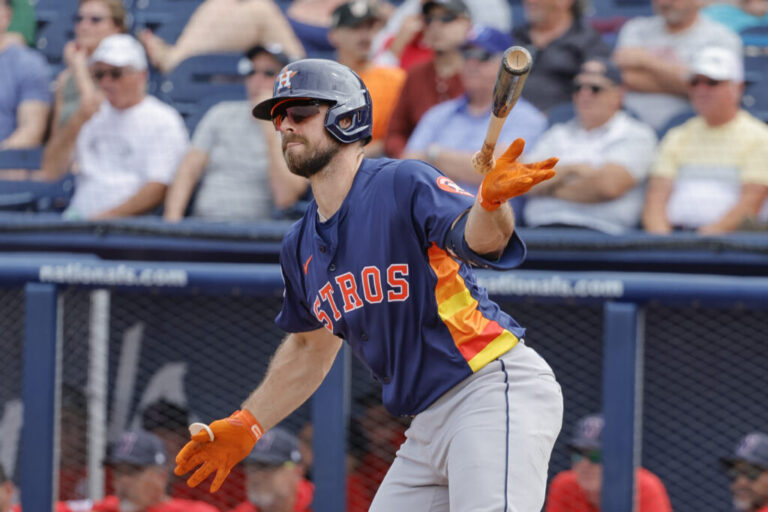
With several teams around the league straining to find rotation help, the Mets have been receiving early interest in righty Paul Blackburn, reports Joel Sherman of the New York Post. There’s no indication a trade is close, but there’s good reason to think the Mets might be amenable to an earlier-than-usual trade involving the veteran righty.
The Mets are currently six-deep in starters, with Blackburn the ostensible odd man out. Kodai Senga, David Peterson, Clay Holmes, Griffin Canning and Tylor Megill have all pitched well this season. All five have started at least a dozen games, and none has an ERA higher than Megill’s 3.76. Blacknburn’s most recent outing came in long relief, although Sherman notes that he could get a spot start or two with an upcoming run of 13 games in 13 days.
That said, both Frankie Montas and Sean Manaea are out on minor league rehab stints. The former has made four starts and built up to 76 pitches, while the latter tossed 46 pitches over 2 2/3 innings in his second rehab start two days ago. As such, Montas is the closer of the pair to returning and could even be ready to go next week. He’s slated to make his fifth rehab appearance tomorrow, but there’s still enough time left on his rehab clock that he could make two more starts if the team sees fit. Manaea’s rehab window extends into early July, as he only began his assignment on June 6.
One way or another, within the next two to three weeks, the Mets could find themselves with as many as seven or eight healthy rotation options. All are largely established as big league starting pitchers as well, so it’s not as though they have a young, optional arm to send back to Syracuse for a bit.
Peterson can technically still be optioned, but only for another five days. He’s on the cusp of reaching five years of MLB service time, at which point he’d have to consent to being sent down. It’s a moot point, though, given how well he’s pitching. Megill also has an option, but he’s bounced back from a run of shaky starts in early-to-mid May by rattling off 21 1/3 innings with a 3.80 ERA and 28-to-9 K/BB ratio. His season-long numbers are strong, and a depth-focused Mets front office, helmed by president David Stearns, surely doesn’t want to burn Megill’s final option year at a time when he’s pitching well.
One potential wrinkle that could impact the Mets’ rotation depth unfolded as I was writing that last paragraph: Senga exited today’s game against the Nationals with an injury. The right-hander covered first base on a grounder to the right side of the infield, made a leaping catch to corral the throw, and grabbed at his leg after coming down on the bag (video link via SNY). Senga eventually walked off the field under his own power, but he was down on the field for a couple minutes with the Mets’ training staff.
A lot will hinge on whether Senga is forced to skip a start or head to the injured list. There’s no way to know for the time being. He’s surely just in the very initial stages of evaluation. That situation will be worth watching with a close eye, but so long as he avoids a lengthy trip to the IL, that same scenario of six to eight generally established big league starters vying for five rotation spots will loom as a possibility. The Mets could move to a six-man rotation, of course, though Sherman notes that they prefer not to play one reliever short, as they’d be required to do by rolling out a permanent six-man staff.
If the Mets do end up giving serious thought to trading Blackburn, there’ll be no shortage of interested teams. He’s hardly a front-of-the-rotation piece, but the 31-year-old righty carries a 4.39 ERA, 20.1% strikeout rate and 7.5% walk rate over his past 299 1/3 major league innings. He’s pitched in 58 games over that stretch, with all but two of them coming out of the rotation.
Blackburn is in his final season of club control. He’s being paid $4.05MM this year, with about $2.35MM of that sum yet to be paid out. He’s a free agent at the end of the season, so the Mets probably won’t get a particularly large return for him, but they could get a nominal prospect or perhaps a lower-end reliever with more team control. On top of that, trading Blackburn would actually save the Mets around $4.94MM, given that they’re deep in the top bracket of luxury tax penalization and thus subject to a 110% tax on every dollar over the top threshold.






